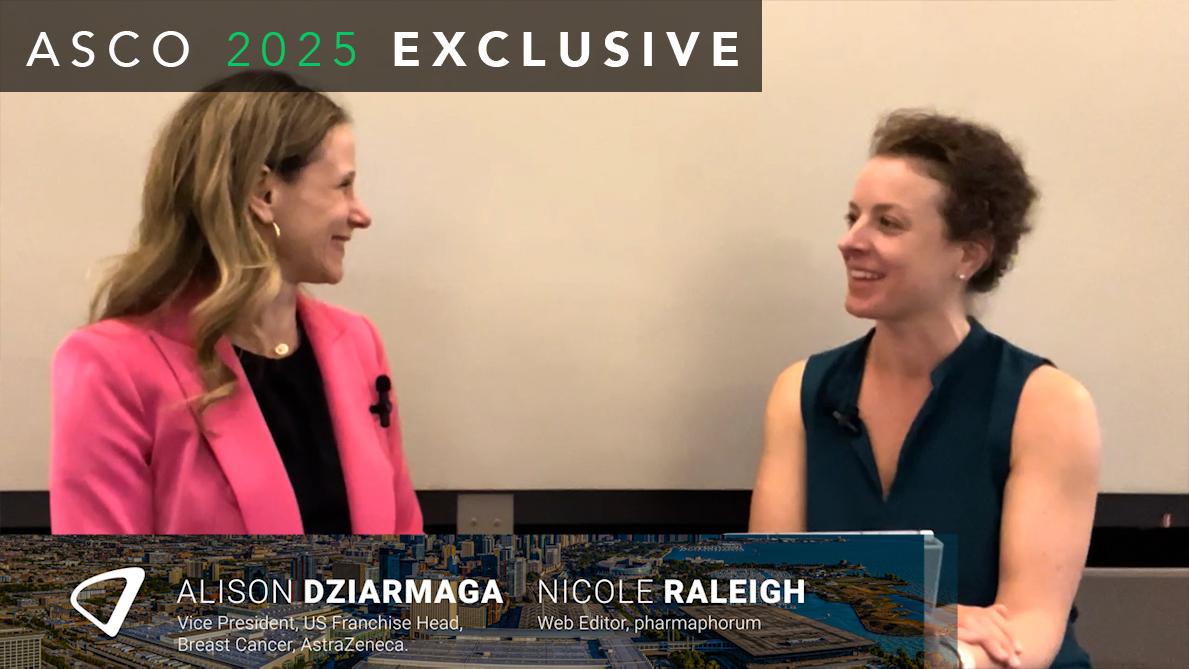What does patient-centricity look like?

Delegates at the recent eyeforpharma Patient Summit in London were urged to be catalysts for change in making patient-centricity a reality. But, as Jacky Law reports, that is a lot easier said than done.
Pharma companies are still at 'Phase I' in terms of their thinking about patient-centricity, said Mervyn Ward, director of consultancy Rx Strategy, as he opened the eyeforpharma Patient Summit in London on 17 June.
The two-day conference was focused on the growth of patient power within healthcare, and how pharma and other stakeholders can best respond to this new world.
Many pharmaceutical companies may now be genuinely convinced that patient-centricity is vital - but putting that belief into practice, and how to break away from old behaviour, was the dominant theme running through the two-day conference.
Powerful talks from patient opinion leaders (POLs) provided reasons to believe in patient power, if any were needed. These revolved around the more critical role well-connected and well-informed patients are now assuming in educating other patients about their disease, as well as influencing decisions about access to the latest medicines.
"We are accelerators of access, amplifiers of what works and we are becoming as important as traditional KOLs (key opinion leaders) to pharma," said cancer survivor and founder of advocacy site PatientPower, Anthony Schorr. "But unless you start thinking and talking from a human perspective we won't listen."
That human perspective, he went on, is to grasp what matters to patients. "It is not about the medicine. It is about whether patients get to hold a new grandchild or attend their son or daughter's wedding."
Obtaining such insights is not necessarily the issue, however, it is translating the insights into action plans. Several companies spoke about how the patient perspective is becoming more important in driving their business. Andy Jones, vice-president of Pharmaceutical Innovation at AstraZeneca, spoke about how the company is integrating intelligent devices into its medicines to deliver knowledge and engagement with patients to help them better manage their disease. "If we are to partner with patients we have to be able to tailor the advice and support we offer to individual patients," he said.
Keir Woods, director, oncology at GlaxoSmithKline, spoke about the importance of the patient journey in terms of understanding what matters to patients. And Paul Humphrey, head of patient advocacy at Genzyme, highlighted the value of an evidence base led by patients rather than clinicians to articulate how medicines change their lives for the better.
But it was arguably the talk by SØren Skovlund, global director of Patient Research and Engagement at Novo Nordisk, that really made people sit up and listen. The Danish company, with its dominant franchise in diabetes, had several reasons to want to get a range of stakeholders on board and be seen as part of the solution rather than the problem.
A stronger role for pharma
Speaking to pharmaphorum, Skovlund explained how his firm, in collaboration with the International Diabetes Federation, embarked on the first DAWN (Diabetes Attitudes, Wishes, and Needs) study in 2001. That was a major, groundbreaking investment into understanding the human dimension of managing diabetes, and looked at the 'psychosocial' challenges faced by people with diabetes, and the people helping them, and looked at new ways to improve care. The project has now moved on to DAWN2, and is an example of what can be achieved through a pharma company's long-term commitment to a therapy area with a number of positive spin-offs.
"We need to get patient centricity right," he said, urging delegates to see it as "an opportunity to establish a good reputation for integrity and create a stronger role for industry in healthcare systems."
The most important ingredients in getting it right, he continues, are strong corporate leadership that recognises that patient centricity is about embedding ethical values and a sense of responsibility throughout the organisation. In Novo Nordisk's case, that is facilitated by two factors. One is the employee 'bible', the Novo Nordisk Way, which not only puts patient-centricity at the centre of the business but reinforces that mind-set by regular and obligatory e-learning programmes. The second is a triple bottom-line business principle that insists on annual reporting on financial, social and environmental parameters.
"Trust is the most important factor," he says. "Anything you can do to show you are worthy of trust can bring about positive change. Patient groups that would never dream of working with a pharma company open their doors and you suddenly increase your arena for engagement, bringing in new knowledge, which is so essential for innovation."
A close second is getting everyone in the company thinking about patients. "If you get employees on board, everything else follows," he says. And that was one of the critical take-home messages of the conference. While the pharma delegates certainly didn't need convincing about the need for real patient-centric thinking, the challenge presented to them was to persuade their colleagues, and in particular, top management, to change the habits of a lifetime and think differently about patients.
About the author:
Jacky is pharmaphorum's managing editor of Premium Media. She is the author of a series of premium reports on key issues impacting the global pharmaceutical industry. For more information, visit our Premium Media page.
Jacky has been writing about pharmaceuticals since joining Scrip Magazine in 1998, before becoming a regular columnist for Pharmaceutical Executive. From 2010 to 2013 she wrote industry reports for FirstWord.
You can follow her on Twitter here.
Have your say: How does pharma need to change to be more patient-centric?



